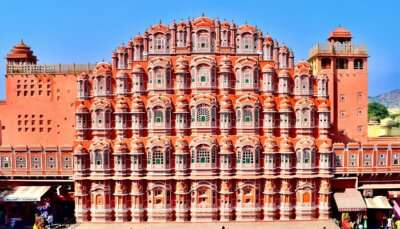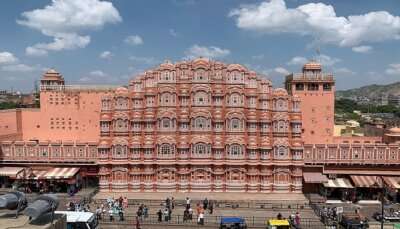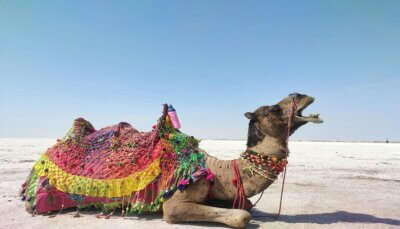Exploring Wat Chedi Luang The Heart Of Chiang Mai’s Ancient Temples
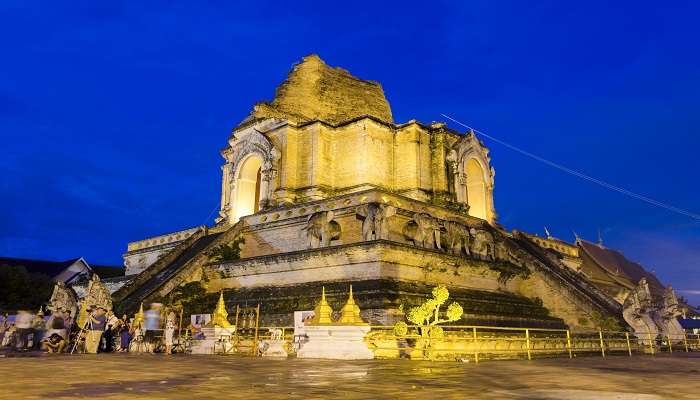
Wat Chedi Luang is a stunning Buddhist temple in Thailand’s heart of Chiang Mai. This historic site dates back to the 14th century and is renowned for its massive chedi (pagoda) that once stood as one of the tallest structures in the ancient Lanna Kingdom. Despite being partially ruined, the temple’s iconic chedi and intricate architecture continue to captivate visitors from around the world, offering a glimpse into the rich cultural heritage of Northern Thailand. Exploring Wat Chedi Luang is an essential experience for anyone visiting Chiang Mai, allowing you to immerse yourself in the region’s deep-rooted Buddhist traditions and marvel at the craftsmanship of this architectural masterpiece.
Wat Chedi Luang Overview
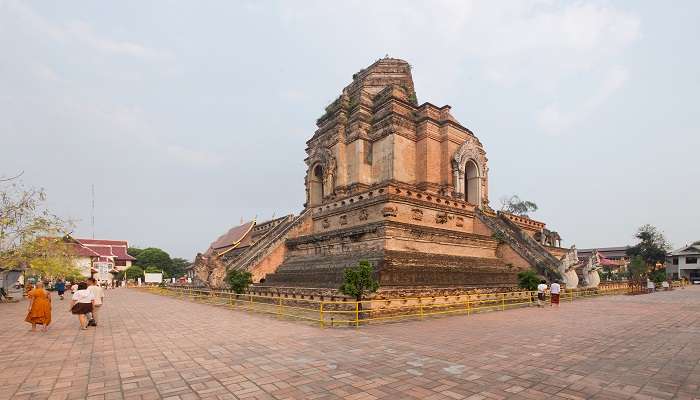
Wat Chedi Luang also referred to as ‘the temple of the Great Stupa’, is a well-known Buddhist temple located in the historic heart of Chiang Mai. Originally home to the Emerald Buddha, one of Thailand’s most revered religious relics, the temple saw the statue moved to Bangkok’s Grand Palace after an earthquake in 1545. Despite the structural damage, the temple remains an active place of worship and a residence for monks and Buddhist shrines. The temple complex of Wat Chedi Luang is a testament to the rich history of Chiang Mai.
Must Read: Chao Phraya River
Wat Chedi Luang History
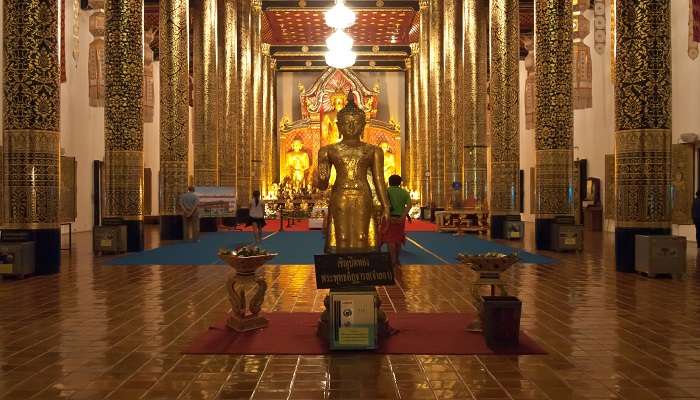
Wat Chedi Luang in Chiang Mai, Thailand, has a long history dating back to the 14th century. King Saen Muang Ma started building it to honour his father, but it faced many problems and took over a decade to finish. After King Saen Muang Ma died, his widow finished the temple in the mid-15th century during King Tilokaraj’s reign. When completed, it was 82 meters tall and 54 meters wide, the tallest building in the region.
In 1468, the temple became more famous when the Emerald Buddha was placed inside. But in 1545, an earthquake damaged it, causing the top part to fall. The Emerald Buddha was moved to Luang Prabang in 1551. In the 1990s, UNESCO and the Japanese government helped restore Wat Chedi Luang, but some disagreed. Despite this, the temple remains a popular attraction, known for its history and spiritual atmosphere.
Architectural Design And Structure
Wat Chedi Luang is a marvel of architecture and culture, offering a rich historical narrative through its diverse structures and artistic elements. Some of the facts about Wat Chedi Luang’s architectural and artistic features are:
1. The Chedi (Stupa)
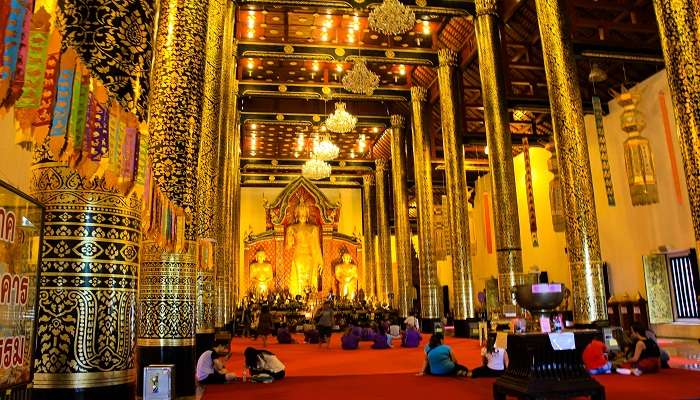
The Chedi at Wat Chedi Luang is the temple complex’s central and most imposing structure. Initially 82 meters high, it was partially damaged by an earthquake in the 16th century, reducing its height to about 60 meters. The chedi is built with brick and mortar and features four sides, each with a staircase leading to a niche that houses a Buddha image. The location to the east is especially important since it houses a duplicate of the Emerald Buddha, which was moved to Bangkok in 1475. Thirty-two sculptures of elephants surround the base of the Chedi, which stand for stability and strength. The chedi represents Mount Meru, the centre of the universe in Buddhist cosmology. It serves as a symbol of the Buddha’s enlightenment.
Suggested Read: Wat Phra That Doi Suthep
2. The Viharns (Assembly Halls)
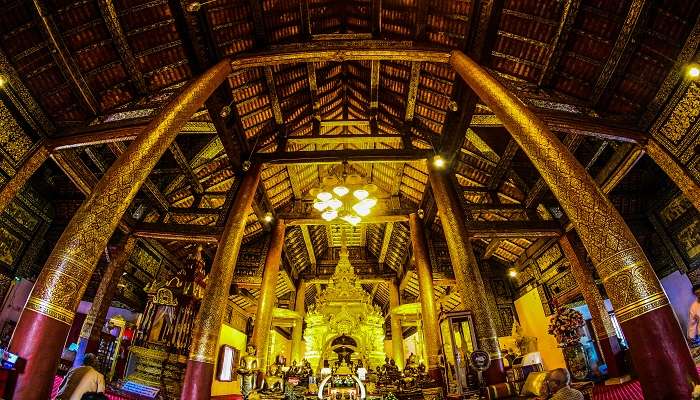
Wat Chedi Luang boasts two viharas, each serving distinct purposes and embodying different architectural styles. The details of the Viharns are below.
Viharn Luang
The larger viharn, Viharn Luang, is positioned before the chedi. Rebuilt in 1928 after a fire, it features a grand multi-tiered roof and an ornate façade adorned with gold leaf and intricate carvings. The interior houses the Phra Chao Attarot, a towering standing Buddha image from the 14th century, surrounded by murals narrating the Buddha’s life and the Jataka tales. This vihara is the focal point for major ceremonies and festivals, such as Visakha Bucha Day and the Inthakin Festival.
Viharn Lai Kham
The smaller viharn, Viharn Lai Kham, situated behind the chedi, dates back to the 14th century and was commissioned by King Tilokarat. It is more intimate, with a lower roof and richly decorated with red lacquer and naga motifs. The hallowed Phra Singh Buddha image is kept there, which is thought to have been brought from Sri Lanka. The walls are embellished with murals illustrating moments from the Thai adaptation of the Ramakien, Ramayana. Viharn Lai Kham serves as a space for daily prayers, meditation, and the monk chat program.
3. The Ubosot (Ordination Hall)
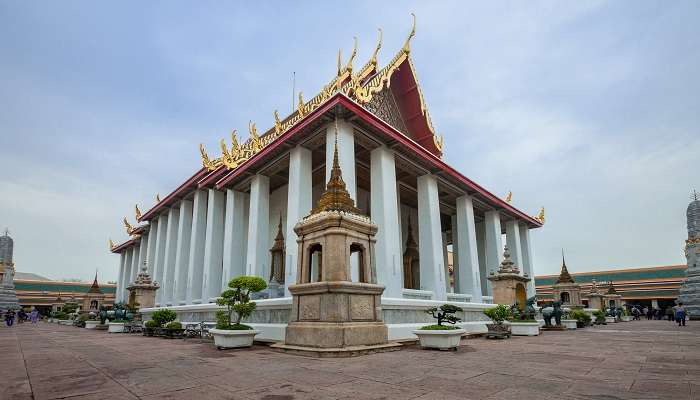
The boot is a sacred hall used for monastic rituals, including ordination. Built in the 18th century by King Kawila, it has a white façade and a chofa-adorned gable. The hall contains a brass seated Buddha image from the 14th century. It is surrounded by a boundary wall marked by eight bai sema stones, which restrict the sacred area.
Suggested Read: Phuket Old Town
4. The Ho Trai (Library)
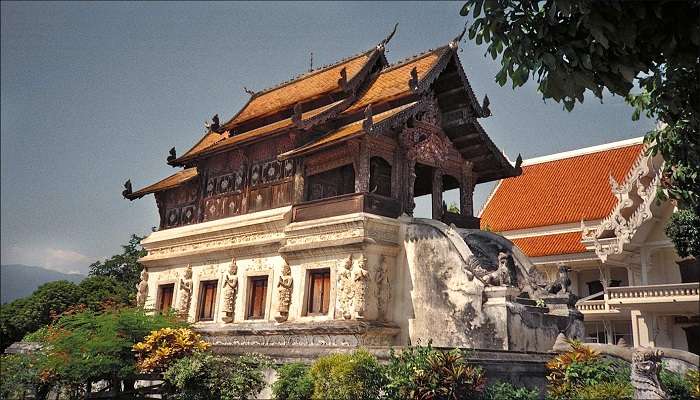
The Ho Trai is where sacred scriptures and manuscripts are stored. Built in the 19th century, this wooden structure stands on stilts to protect its contents from flooding and pests. It features a multi-tiered roof and a façade decorated with makara motifs.
5. Lak Muang (The City Pillar)
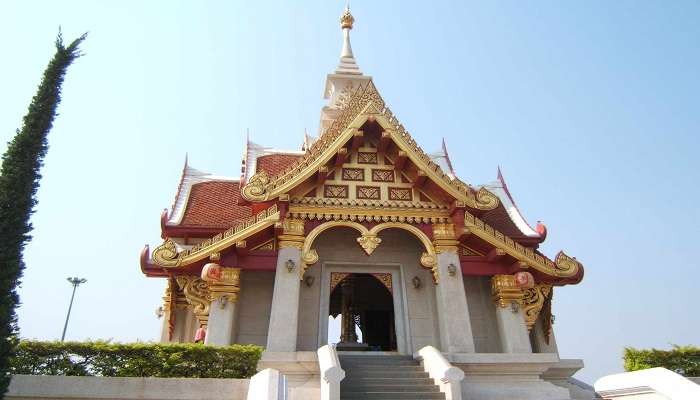
The Chiang Mai, housed within a small building near the temple entrance, was erected in 1296 by King Mengrai. Made of teak and covered in gold leaf, it symbolises the city’s guardian spirit. Six smaller pillars represent astrological elements. The pillar is central to the Inthakin Festival, a vibrant celebration involving offerings, prayers, and cultural performances held annually in May or June.
Suggested Read: Oub Kham Museum
Opening Hours, Entrance Fees, And Best Time To Visit
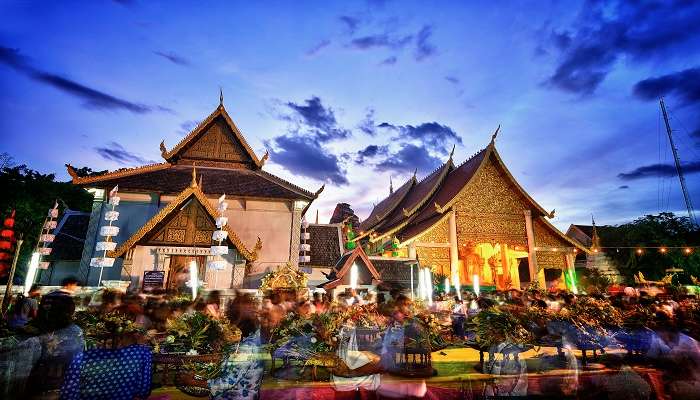
The daily hours of Wat Chedi Luang are 6:00 AM to 6:00 PM. Wat Chedi Luang entrance fee to the temple is free, allowing visitors to explore its ancient ruins and various structures without charge. If you plan to visit Wat Chedi Luang, the most favourable time is during the excellent season, from November to February. This time of the year offers comfortable weather and is less crowded, providing a peaceful environment for visitors.
You can also consider visiting during the Loy Krathong festival in November for an enchanting experience as the temple is lit up beautifully. The early mornings on weekdays are remarkably tranquil and calm.
How To Reach
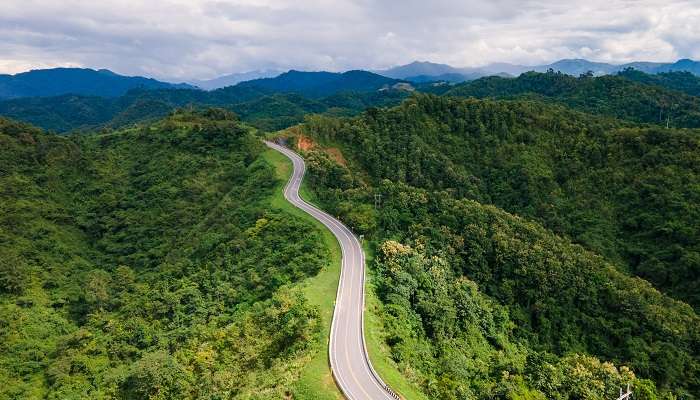
Many tourists get confused about the mode of transportation to reach this exotic place in Thailand. Various facilities are available, such as public transport, trains, or landing directly by plane. You have the following options to get to Wat Chedi Luang in Thailand.
By Air
Chiang Mai International Airport is the closest airport to Wat Chedi Luang, approximately 5 Km from the temple. Flights from numerous domestic and international locations land here. You can hire a cab from the airport, ride a tuk-tuk, or hop on a songthaew (a local bus) to reach the temple. The fares are approximately 150 baht for a taxi, 100 baht for a tuk-tuk, and 20 baht for a songthaew.
By Road
If you’re travelling from another Thai city, you can take a bus, drive a car, catch a train to Chiang Mai, and then use a taxi, a tuk-tuk, or a songthaew to get to the temple. The fares can fluctuate based on distance, mode of transportation, and type, but they’re generally less expensive than train fares.
By Foot
If you’re lodging in Chiang Mai’s old city, you can easily reach the temple on foot as it’s in the city centre. The temple is roughly halfway down Ratchadamnoen Road, with its entrance nearly directly across from Phra Pok Klao Road.
Further Read: Wat Rong Khun
Wat Chedi Luang is an amazing old temple ruin in Chiang Mai, Thailand. The giant broken stupa and beautiful temple grounds are very impressive. Visiting this historic Buddhist site is a must if you go to Chiang Mai. Thailand has so many incredible places to see. If the pictures of Wat Chedi Luang made you want to travel there, book your trip to Thailand today! From big cities to beaches, jungles to tasty food, you’ll love exploring Thailand.
For our editorial codes of conduct and copyright disclaimer, please click here.
Cover Image Credit: Kingkidton for Wikimedia Commons
Frequently Asked Questions About Wat Chedi Luang
What is Wat Chedi Luang famous for?
Wat Chedi Luang is a Buddhist temple in Chiang Mai is one the most famous for its enormous Chedi (a type of spire-like structure). This chedi was built in the 14th century, is the tallest in Chiang Mai at 282 feet, and dominates the temple grounds.
What is the dress code for Wat Chedi Luang?
Visitors to Wat Chedi Luang are expected to dress respectfully, covering their shoulders, chest, and knees. They must also remove their shoes to enter any of the structures.
How old is Chedi Luang?
The construction of Wat Chedi Luang began in the 14th century, making it over 600 years old. King Saen Muang Ma started the construction of Luang in 1391.
Can I wear jeans in the Thai temple?
Yes, you can wear jeans to a Thai temple as long as they are loose-fitting and cover the knees. However, you can wear any clothes of your choice that cover the knees.
What not to wear in Bangkok temples?
When visiting temples in Bangkok, keep your skirts, dresses, and shorts below the knee. Additionally, refrain from wearing tops that expose shoulders, low-cut tops, sheer fabrics, or tight-fitting clothing.
People Also Read:
Best Cities To Visit In Thailand Scuba Diving In Thailand Skydiving In Thailand
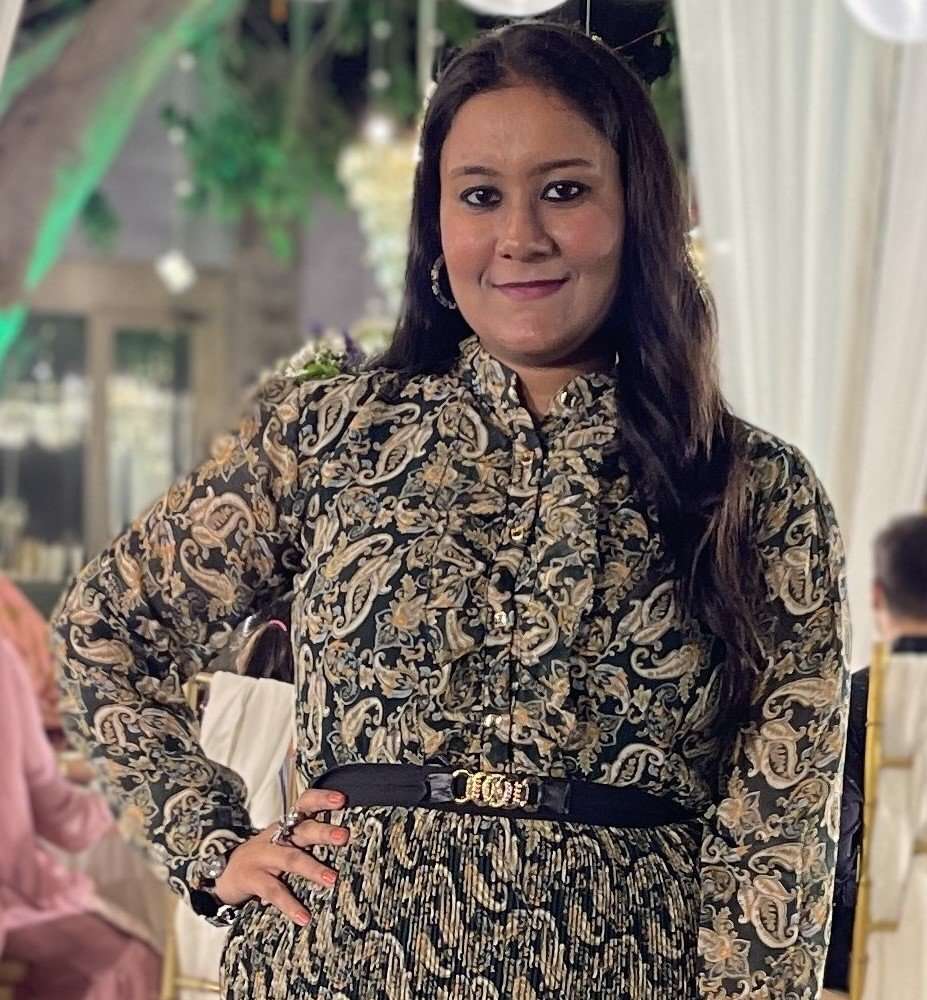
Unveil the hidden treasures of the globe and turn every travel dream into reality. As a Content Writer, I am passionate enough to craft stories from ancient wonders to modern marvels. My words paint the picture-perfect itinerary for unforgettable experiences. Let my words be your trusted guide to immerse in the diverse culture and discover the beauty of the unknown.



